Flat tire is one of the most annoying issues that may happen to you when you least expect it. The best solution in this case is to replace the deflated tire with a spare one. However if you don’t have it or you are in a hurry, you may be thinking about leaving your vehicle on a flat tire for a while.
How Long Can I Leave My Car on a Flat Tire?
If there is a life to death matter, you can leave your vehicle on a flat tire for 24 hours. However if the car stays on a flat tire for a longer period be advised, that you may damage not only the tire itself, but the rim. The thing is, that the rim is incapable of holding the vehicle’s weight without the tire support.
Still, if you have to leave your vehicle for some serious reason you can use a floor jack to uplift your flat tire. This action will prevent any unwanted additional damage to your vehicle. Don’t forget to take all safety measures to prevent your car from failing.
However, it is only applicable if you know that in a place where you are leaving the vehicle there is a car tire service nearby and the area is safe from anyone who can steal either your wheels or jack.
Can I Drive On a Flat Tire?
The answer is no, you can’t. Driving on a flat tire even a few miles can be dangerous for you, your passengers and everyone on the road.
If while driving a vehicle, you feel that something may be wrong with the tire, find a place to safely pull over from the main road. Whether it’s a day or nighttime, turn on your hazard lights and place a warning triangle behind your vehicle at a distance of 20-25 meters from the back of your car, so other drivers could see you.
When the tire loses a great amount of air, the contact patch with the surface decreases, moreover vehicle’s steering and maneuverability (especially if the tire is mounted on a front axle of a front-wheel drive car) suffers a lot, resulting in unpredictability of vehicle’s behavior on the road.
On the move, a flat tire can easily “drive off ” the rim, which can bring damage not only to the vehicle, but threaten your safety.
Alongside with the flat tire, the rim after such a “trip” obtains irreparable damage. The flat tire doesn’t adhere to the rim as it should, the rim contacts with the surface and obtains damage which looks like grooves. These grooves further can lead to air leakage, tire tear, or rim destruction if mount new tires without rim replacement.
Can I Drive On a Tire with a Slow Leak?
Even a small tire air loss can be dangerous, while the tire’s contact patch and effectiveness on the road decreases, moreover the biggest strain is always put on a deflated tire, meaning that it can easily blow at an unexpected moment.
If you pump the tire, but after a while it loses air, the issue might be in gradual leak. If you have a spare tire, place it instead of a deflated wheel. Check the pressure inside your spare tire to be sure that it’s okay and you safely arrive at your destination point.
Is it Possible to Fix a Flat Tire?
When you see a flat tire, the first question that pops in your head might be: how to fix it, especially if you are thinking about an express repair. The best option in this way is to apply an emergency sealant to fill the puncture(s). It will allow you to get to the nearest car repair shop to address the problem.
However, sealant may not be applicable if:
- Your tire has several punctures or you don’t know where exactly the air leakage comes from
- If your tire is seriously damaged – torn, blowout – sealant won’t be a saving pill.
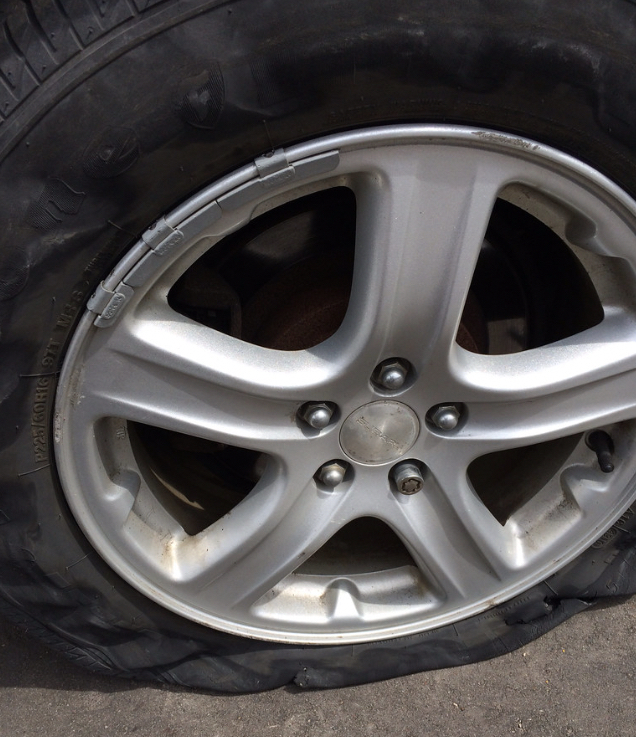
Bear in mind that you can’t drive on a sealed tire for a long time. If such a tire is applied on uneven roads and contacts with debris, potholes or small rocks, there is a high plausibility that the sealant may lose its properties and it lead to repeated air leakage.
What are the Reasons the Tire Becomes Flat?
If you have encountered a flat tire on your vehicle, there definitely have to be reasons for that. Below you’ll find the most common of them.
Sharp objects
Shredded pieces of metal, wood, glass, nails or screws might be the ones to blame. The worst thing is that the leakage can remain unnoticeable for some time due to tiny puncture. You may only discover it after the tire completely loses its air becoming a flat one.
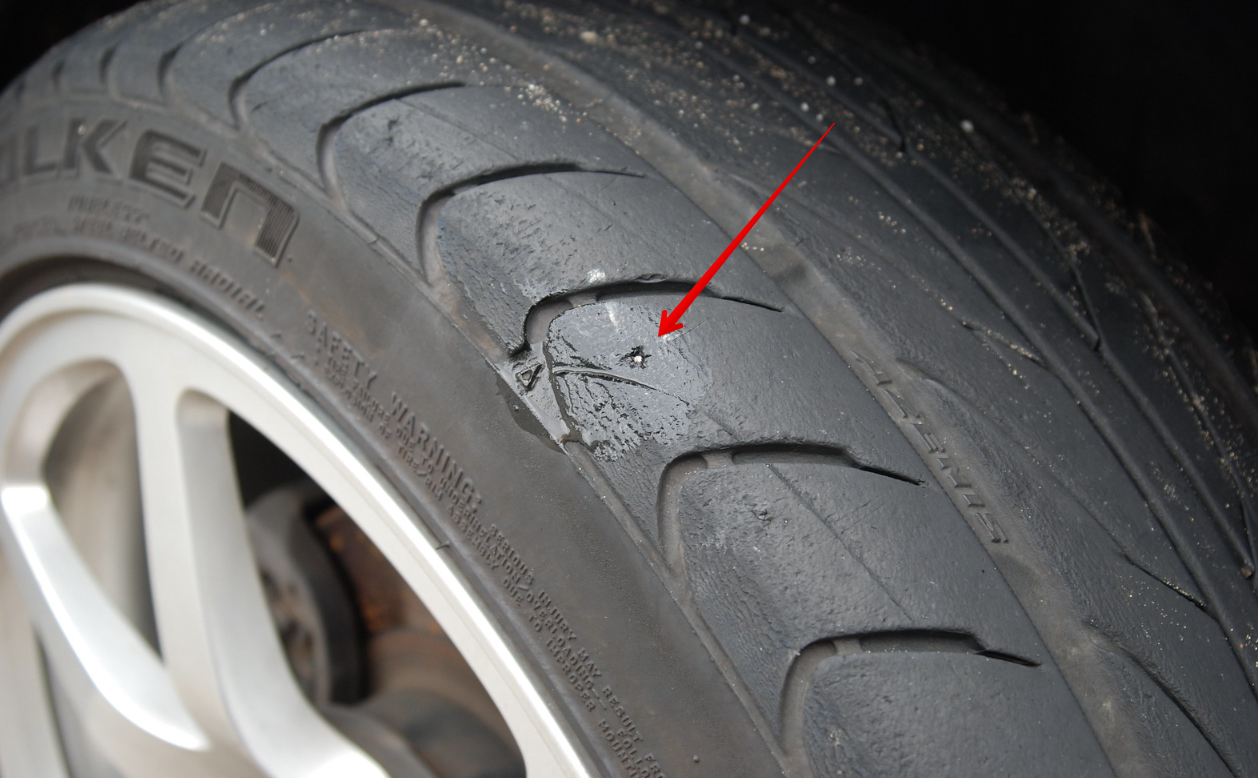
Valve stem leak
Another typical reason for tire leakage is air valve defect. The reason might be in road debris, dirt or mechanical impact that have caused damage to a valve stem. As a result the air slowly comes out from the tire which leads to a flat tire.
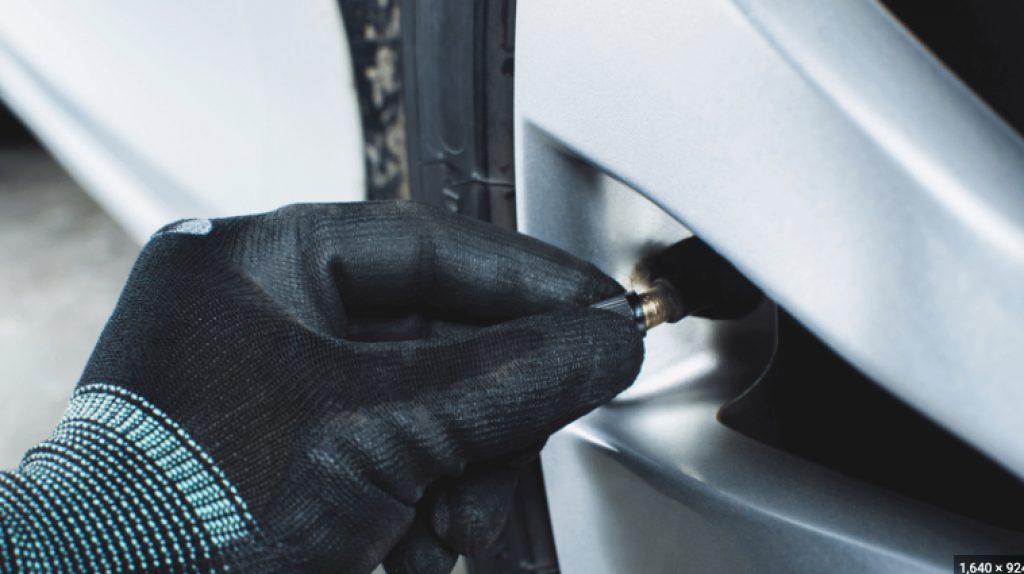
Tire bead leakage
Tire beads can be damaged with small road obstacles, like small stones or debris which get stuck inside of the tire resulting in gradual air leakage.
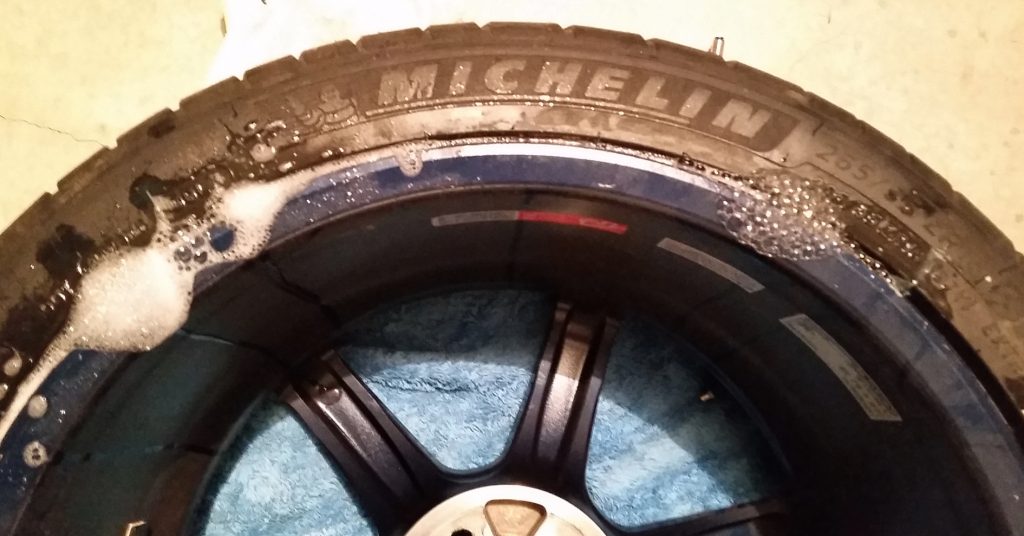
Wheel damage
If the rim has any visual signs of deformation, further if you apply it on a tire the adherence between it and rim will be significantly reduced resulting in a flat tire. Another reason for air leak are bents and warps on the rim that can be caused by hitting road obstacles, curbs, potholes or road debris.
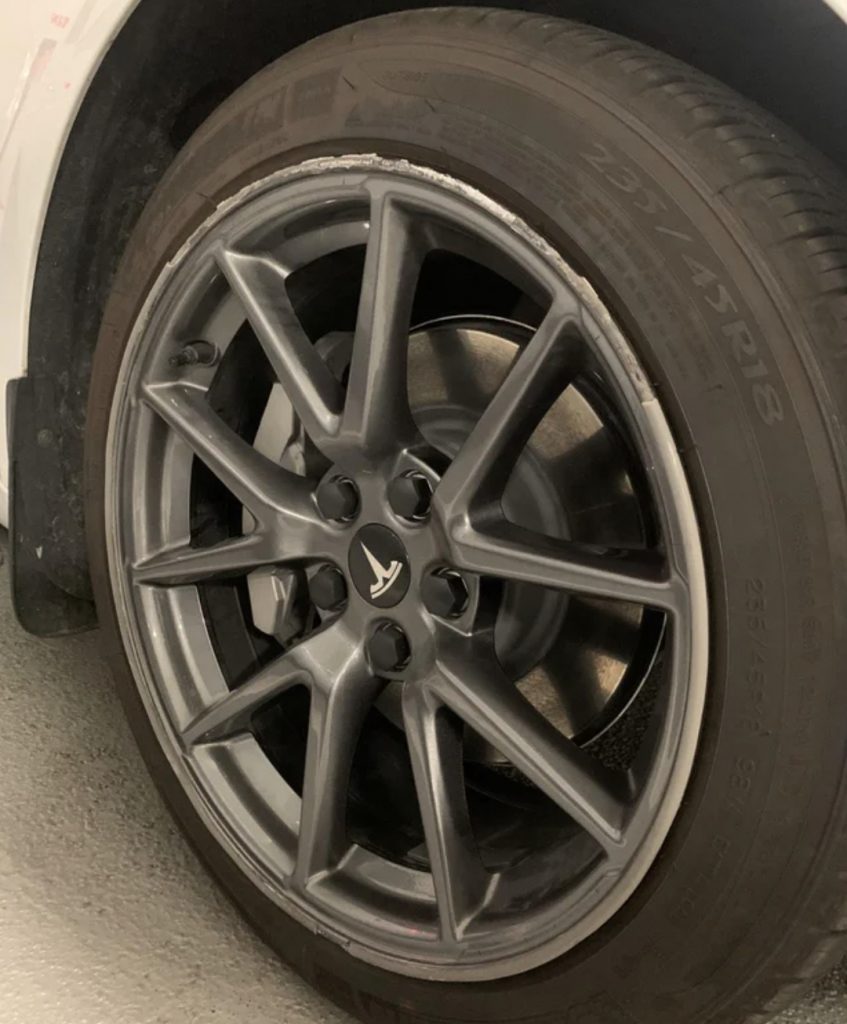
Overheating
Part of the tire comes off due to damage to the internal structure. The reasons for this are frequent overloads and low tire pressure. As a result, the rubber overheats, the metal insides are oxidized and the components are separated. It will not be possible to fix such technical problems in tire fitting, and the only way out here is a new tire.
To Sum Up
When you realize that you have a flat tire, the best solution in this way is to replace it with a spare tire as soon as possible. If you leave your vehicle sitting on a flat tire for more than a day, your wheel may obtain serious damage.
You should never drive on a flat tire because it significantly decreases your safety and threatens other road users. Moreover, such components as rim and suspension could obtain damage, resulting in more repair works and additional spending.
A flat tire can be a result of tire damage caused by sharp road objects or debris that can lead to gradual air leakage that is not always noticeable. Make an inspection of the tire, to find out if it has any sign of air lossage, and if it’s possible, fix it as soon as possible to avoid tire blowout.
The last resort is to call for a tow service. Of course it leads to additional money spending, but it will prevent your vehicle from unwanted damage that can cost you much more.

![How Long Can a Car Sit on a Flat Tire [Beware!]](https://tiresdoc.com/wp-content/uploads/thumbs_dir/car-flat-tire-example-pxzmdkzp6ifmc4pg9vkyay59mqk1w0xes97b7d2ukc.jpg)
![How Long Can a Car Sit on a Flat Tire [Beware!]](https://tiresdoc.com/wp-content/uploads/thumbs_dir/full-size-spare-tire-a-trunk-pyabl820uc6scr6nzqoo4zx02wpyppi0epcolde1j0.jpeg)



